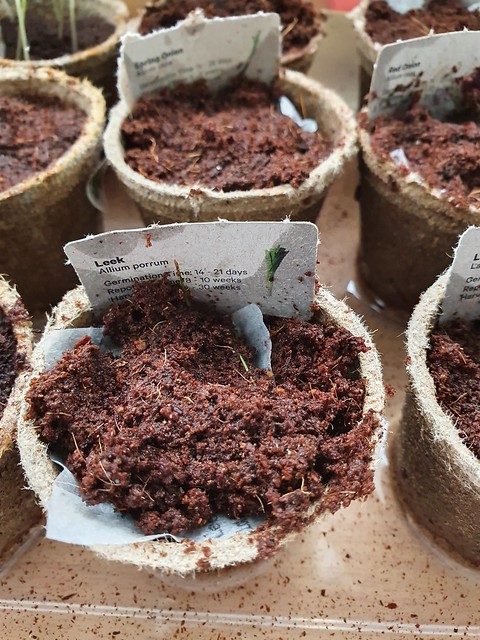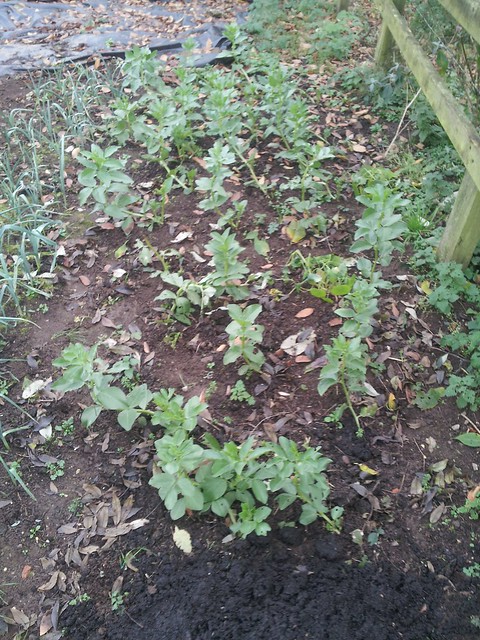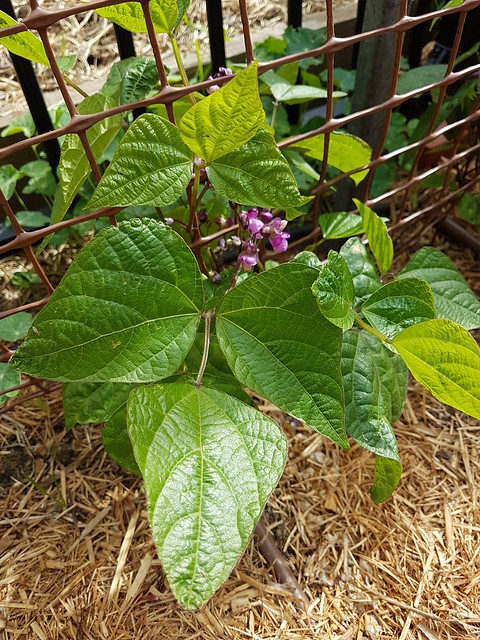 Leek
Allium ampeloprasum var. porrum
Leek
Allium ampeloprasum var. porrum
How to sow leek:
Direct seed or transplant seedlings
Sun requirement for leek:
Plant in Full Sun
Leek has been planted
34 times
by Growstuff members.
The leek is a vegetable, a cultivar of Allium ampeloprasum, the broadleaf wild leek. The edible part of the plant is a bundle of leaf sheaths that is sometimes erroneously called a stem or stalk. Historically, many scientific names were used for leeks, but they are now all treated as cultivars of A. ampeloprasum. The name 'leek' developed from the Anglo-Saxon word "leac". Two closely related vegetables, elephant garlic and kurrat, are also cultivars of A. ampeloprasum, although different in their uses as food. The onion and garlic are also related, being other species of the genus Allium.
Leeks have thick blue-green foliage. The bundle of white leaf sheaths has a mild onion taste and can be blanched, steamed, braised, or grilled and used in soups, stews, omelet fillings, and more. The leaves can be used to make stock.
Plant their leeks in autumn, and they should fatten up in time for winter picking. Plant them early to ensure they have enough time to grow before winter. Leeks take up to six months to mature after transplanting.
Newer cultivars have quicker maturity – three to four months. Maturity is often affected by temperature, available nutrients and water.
Leeks need a soil that is rich in organic matter. Dig in compost or manure two weeks before planting. Add fertiliser every few weeks
Leeks like aged manure, especially chicken manure, and worm castings, another excellent source of nutrients.
Plant seedlings in full sun, with moist but well-drained deep soil. Raised beds are ideal. Water young plants frequently.
The white part of the leek is edible; the green is not. You can blanch the stems to increase the proportion of stem that’s edible and to sweeten the taste. Do this to fully grown leeks. Tie a paper collar around each stem and gently hill the earth up around the stem. Be careful not to get soil between the paper collar and stem as the leek may rot.
As the plants grow, add another collar above the first one and hill up more soil. Be aware that slugs and snails can hide in the paper collars
Harvest the leeks when stems are around 2.5cm in diameter. Dig carefully around the leek and lift with a garden fork. Do not pull, as the leek is likely to break.




